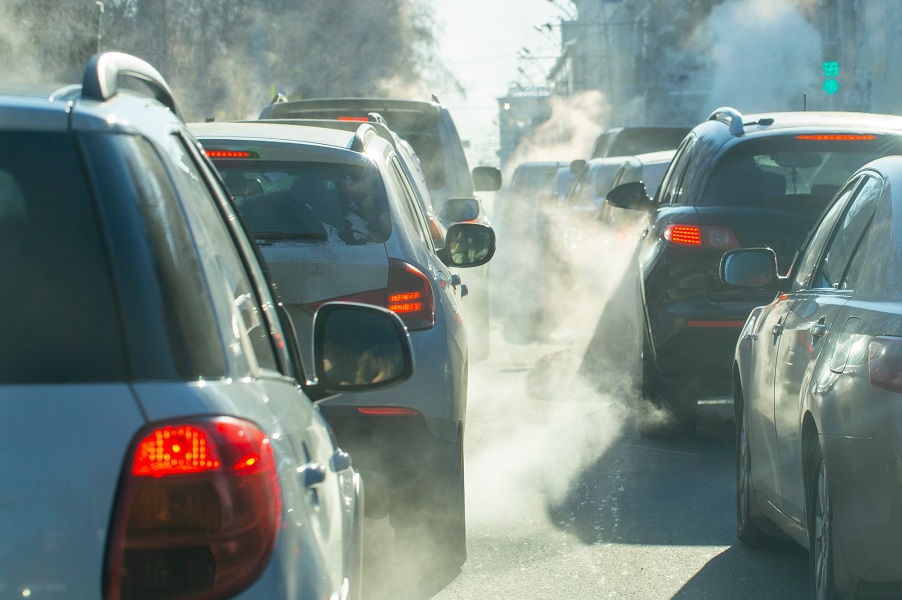11 Dec 2024

Tired Earth
By The Editorial Board

Under the provisional agreement, exhaust emission limits and test conditions for passenger cars and vans remain unchanged from the current Euro 6 standards – a watering down of the more ambitious requirements put forward in the European Commission’s original proposal.
While the EU executive sought to tighten permissible levels of exhaust pollution from petrol and diesel vehicles, such as nitrogen oxides and particulates, the text faced a backlash from industry and conservative politicians who argued forcing changes to combustion engines would absorb funds better spent on the electric mobility transition.
It was also alleged that a stricter Euro 7 would make it significantly more expensive to manufacture new vehicles, costs that would be passed on to consumers.
“Through this deal, we have successfully struck a balance between environmental goals and the vital interests of manufacturers,” said Alexandr Vondra, a Czech lawmaker with the ultraconservative ECR group and the Parliament’s chief negotiator on the file.
“The aim of the negotiations was to ensure the affordability of new smaller cars with internal combustion engines for domestic customers and at the same time enable the automotive industry to prepare for the expected overall transformation of the sector,” he added.
The Parliament managed to gain a concession from member states that exhaust particles will be measured at the level of PM10 rather than PM23, thereby including smaller particles. This request had proven a sticking point in negotiations that took place last Friday (14 December), leading the talks to conclude on that occassion without an agreement.
While passenger cars and vans will not see exhaust emission changes, limits will be tightened for trucks and buses both in laboratory settings (NOx limit of 200mg/kWh) and in real driving conditions (NOx limit of 260 mg/kWh).
Brakes and tyres
For the first time, the pollution standards will tackle emissions released when a vehicle is braking, as well as microparticles released from tyres – both forms of pollution that will continue to be an issue after the switch to electric mobility.
Euro 7 also introduces minimum performance requirements for battery durability in electric and hybrid cars, with the battery required to maintain 80% health after five years or 100,000 km driven, and 72% of its health up to eight years or 160,000 km driven. For vans, the figures are revised to 75% after five years or 100,000 km driven, and 67% performance up to eight years or 160,000 km driven.
The new rules will also provide consumers with digestible information on the environmental performance of their vehicle, including the level of pollution and CO2 emissions, fuel and electricity consumption, and battery durability.
Users will be able to keep track of this information in real-time using onboard monitoring systems.
‘Balanced solution’
MEP Jens Gieseke, the shadow rapporteur with the centre-right EPP group, called the agreement a “balanced solution” that will “improve air quality for our citizens while preventing an additional burden on industry, which already has to cope with the switch to electric mobility”.
“Despite what the Greens and Socialists think, protecting health and giving industry room to breathe is not incompatible!” he said in a statement.
The final result is considered a loss for left-leaning groups, which had emphasised the need to safeguard health from vehicle air pollution over costs to industry.
MEP Christel Schaldemose of the centre-left S&D group blasted the agreement on X (formerly Twitter) as “an extremely poor result, which was only about protecting the shareholders of the car industry”.
Schaldemose added that “now the local city councils must do their part to protect Europeans from air pollution, because the majority in the EU would not” – a reference to low-emission zones in urban areas, which are predicted to increase.
Car manufacturers’ lobby group ACEA praised the “planning certainty” the agreement brings, but noted that “many of the new provisions bring significant technical and investment challenges at a crucial time in the zero-emission mobility transformation”.
“The greatest improvements in air quality will be achieved by replacing older vehicles on EU roads and rapid electrification,” said Sigrid de Vries, ACEA director general.
However, industry group CLEPA, which represents automotive suppliers, expressed disappointment with the agreement, saying that “more ambition would have been technically and economically feasible”.
“The Commission’s proposal could have been implemented with some important safeguards. Today’s agreement removes most of the Commission’s proposal,” said CLEPA secretary-general Benjamin Krieger.
Source : euractiv.com
Comment